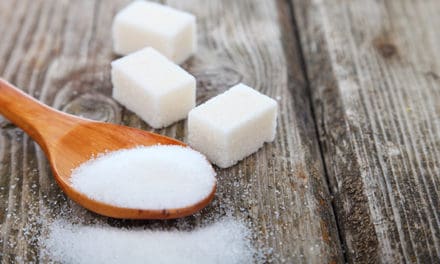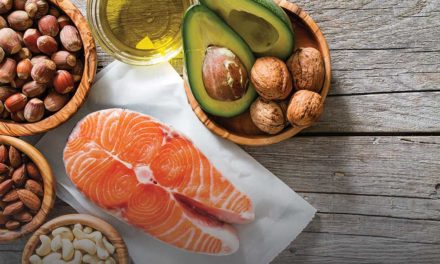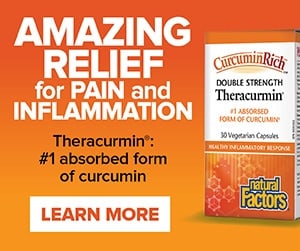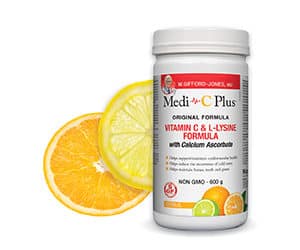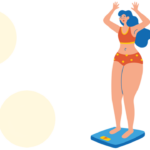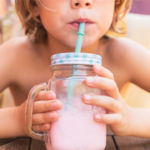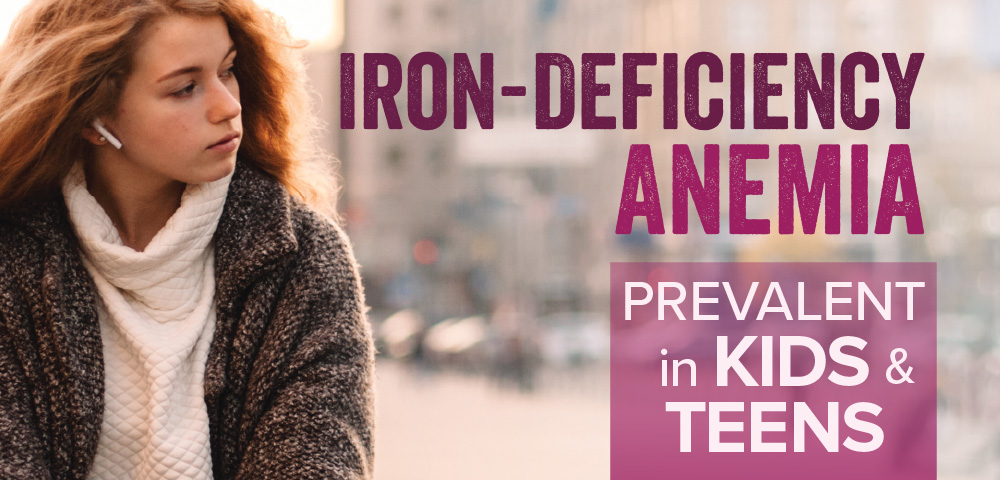
Iron-deficiency anemia (IDA) is the most common nutritional deficiency worldwide. The World Health Organization (WHO) estimates that 42% of children under 5 years, 40% of pregnant women, and 20–25% of the world population have anemia.
Without sufficient iron, the body can’t produce enough iron-rich protein (hemoglobin) for the red blood cells to carry oxygen throughout the body.
According to a new study in The Lancet Hematology, current test thresholds for detecting iron deficiency may be too low, as researchers found that physiological changes occur at test levels higher than the current “normal” thresholds. Under existing guidelines, current tests detect only individuals with severe forms of iron deficiency.
Iron is a vital micronutrient used by every cell and organ system and is a cofactor in many enzymatic reactions, hormone function, and DNA replication. Iron plays a key role in brain development and affects brain neurotransmitters, including dopamine, the stress hormone norepinephrine, and the serotonin system. The most clinically obvious consequence of iron deficiency is anemia; however, virtually every organ system is affected.
Children and adolescents with IDA are at increased risk for mental health disorders, including depression, bipolar disorder, anxiety, ADHD, and autism. IDA also has a significant influence on cognitive development, and can cause behavioural abnormalities and developmental delays. It also affects immune status and increased morbidity from infections in all age groups. Studies have demonstrated an association between iron deficiency and pediatric stroke, as children who have had a stroke were 10 times more likely to be iron deficient. Among adolescents, anemia affects present health status, but can also have negative effects in later life.
Additional signs and symptoms of iron deficiency in children and adolescents include:
- Fatigue
- Pale skin
- Tiring quickly when exercising
- Cold hands and feet
- Slowed growth and development
- Poor appetite
- Abnormally rapid breathing and a fast heartbeat
- Behavioural problems
- Frequent infections
- Unusual cravings for non-nutritive substances, such as ice, dirt, paint, or starch
How to prevent iron deficiency
- Do not feed babies cow’s or goat’s milk before age 1 – give babies who drink formula a brand fortified with iron.
- After month 6, give babies iron-rich foods, including iron-fortified baby cereal, puréed meats, and puréed beans, twice daily to boost iron intake. For older children and adults, good sources of iron include red meat, chicken, fish, beans, and spinach.
- After year 1, ensure that children don’t drink more than 20 oz (591 mL) of milk per day. Too much milk often takes the place of other foods, including those rich in iron.
- Vegetarians are at particular risk for anemia because the body absorbs more iron from meat than any other source. If you choose not to eat meat, increase your intake of iron-rich, plant-based foods (e.g., spinach and oatmeal) and consider supplementation.
- Ensure adequate iron intake during pregnancy.
- Enhance iron absorption. Probiotics and vitamin C help promote the absorption of dietary iron. Foods rich in vitamin C include citrus fruits, cantaloupe, strawberries, bell peppers, tomatoes, dark green vegetables, and vitamin C supplements.
If you or your child show signs of iron deficiency, have your health care practitioner run an iron profile that includes complete blood count (CBC), serum iron, and ferritin level (iron stores) tests.
Support for Iron-Deficiency Anemia
Iron-rich foods – For individuals who may have symptoms of iron deficiency but whose lab results are still in the “normal” range, focusing on the iron-rich foods mentioned above can help build their iron stores. For those who are lab-confirmed deficient with low ferritin and/or low iron and hemoglobin, supplementation is required.
Iron-rich foods – For individuals who may have symptoms of iron deficiency but whose lab results are still in the “normal” range, focusing on the iron-rich foods mentioned above can help build their iron stores. For those who are lab-confirmed deficient with low ferritin and/or low iron and hemoglobin, supplementation is required.
Iron supplements – Big Friends® Chewable Iron is great for younger children, as it is readily absorbed and tastes good. For teens and adults, bioavailable iron supplements include Natural Factors HemoFactors® (chewable tablets). Vitamin C taken with iron helps absorption, and Big Friends Chewable Vitamin C tastes great for kids or teens.
Probiotics – Studies have shown that probiotics also help iron absorption. Probiotics support a healthy gut microbiome, which is the foundation of general health. People of all ages may want to consider adding probiotics to their nutrition plan on a regular basis.
Although anemia is more common than most people think, the good news is that it is easily preventable and treatable.


